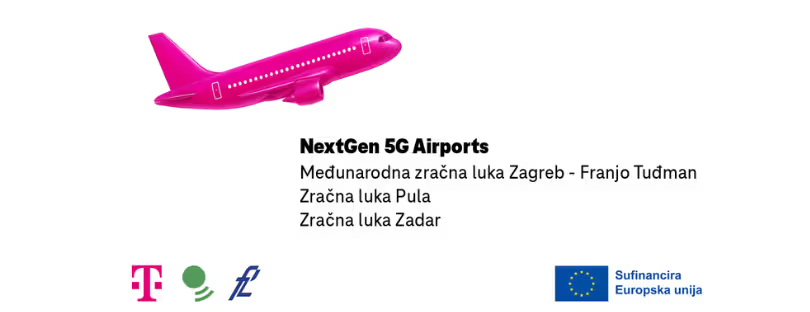
Deutsche Telekom integrates satellite services into its global network of networks
Deutsche Telekom is closing the last gaps for a truly global Internet of Things (IoT). In the future, communication via satellite will complement the classic terrestrial IoT networks. So like NB-IoT, LTE -M, 4G and 5G. To this end, Deutsche Telekom IoT GmbH (T IoT) is working with two specialists: Intelsat and Skylo. Together they are presenting the first use cases at the MWC mobile communications trade fair in Barcelona: wind turbines in remote regions are now reliably networked. Deutsche Telekom satellite services
Water levels and weather data at risk locations are recorded in AI quality. And high-performance broadband connections are now available even on the high seas. All this is possible with the global IoT network. And is already being tested. A commercial offering is planned for the second quarter of 2023.
T IoT: simple, global, convergent
In the future, companies will use their IoT devices to communicate securely and stably across oceans and continents. There are no longer any limits to worldwide applications in the Internet of Things. Areas with poor mobile phone coverage, and data transmissions across large areas of water or in the air: communication via satellite is the answer to these last hurdles that still stood in the way of the global IoT network. Seamless, maximum fail-safe and with guaranteed data rates. And now also affordable.
“We are integrating satellite connectivity into our T IoT offering. In doing so, we are redesigning the future of global IoT networking. Our customers now have a ‘network of networks’. For the best network connection, simply everywhere,” says Dennis Nikles, Managing Director of Deutsche Telekom IoT GmbH (T IoT). “This opens up completely new possibilities. And we make it as easy as possible for our customers: One network provider, one contact person. T IoT, we connect everything, everywhere.”
Deutsche Telekom will start in the second quarter with an attractive offer for convergent connectivity: The interface is the T IoT Hub , the orchestrator for universal connectivity. This is where customers put their connectivity together as they wish. Optionally, the appropriate hardware can be booked. For example satellite terminals or routers . There is also help for the installation.
Cooperation with Intelsat and Skylo Deutsche Telekom satellite services
For the greatest possible flexibility, T IoT relies on two providers: Intelsat for rather broadband applications. Skylo covers the needs of narrowband devices (NB-IoT) via satellite. Intelsat is a leading operator of satellite services with worldwide coverage. The high quality of the satellite network forms the optimal basis for critical IoT applications. Intelsat enables Telekom’s IoT customers to directly use a worldwide satellite infrastructure. An important building block for the T IoT network of networks.
In addition, Skylo enables companies to use convergent end devices for their IoT applications for the first time. In the future, NB-IoT-enabled devices or modules will also connect to the satellite network. This is where the new “direct-to-device” standard of 5G NTN technology (3GPP Rel. 17) comes into play. The devices then switch autonomously and seamlessly between terrestrial and non-terrestrial networks. Use cases relevant to this are, for example, the Goods tracking or transparency of supply chains around the globe.
T IoT satellite communication in the test
Companies from various industries are currently testing this offer. The first application scenarios can be experienced at the MWC. For example, the networking of wind turbines from lanthanum : Particularly in remote areas of the country are not yet adequately supplied with mobile communications. The safety of flight operations is the top priority here. To do this, the systems must transmit their light signals in a fail-safe manner. For the very frequent transmission of data, the network must be permanently available. In addition, there are strict regulations for the protection of the environment: the operation of the systems causes light pollution. This intervention in nature must be as minimal as possible. A clear case for connectivity via satellite. The cooperation partner is Intelsat.
The data specialist Divirod helps municipalities and companies with water risks. Digital information quickly: digital sensors record water levels in reservoirs and rivers. Or monitor coasts. The solutions have already been tried and tested: for example, sensors in risk areas such as Florida collect water data to prevent storms. And protect the cultural heritage in Venice.
The Federal Waterways and Shipping Administration (WSV) is now testing this service. The aim is to collect valuable data about water levels, flow rates, wave height and quality in AI quality. They make inland shipping safer. And serve to protect the flora and fauna. For example, pollution from agriculture or industry can be precisely monitored. The basis for this is a constant flow of data over several weeks. This is now possible with our partner Intelsat. Deutsche Telekom satellite services









